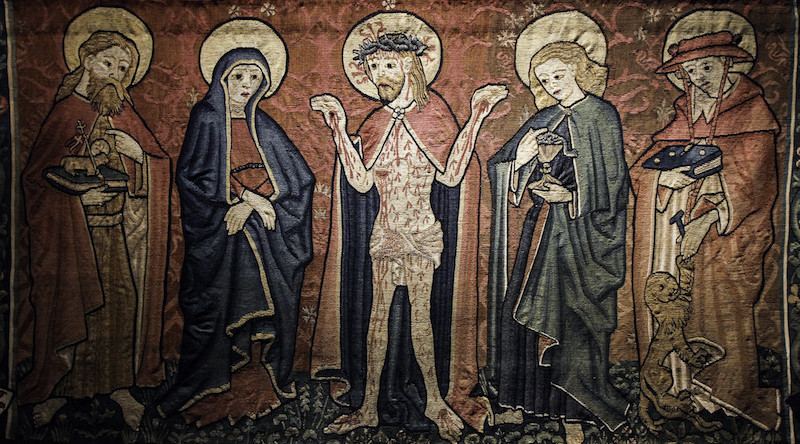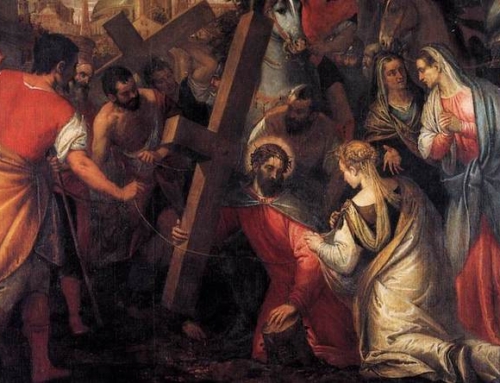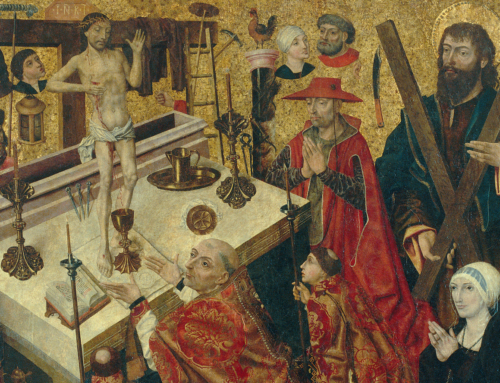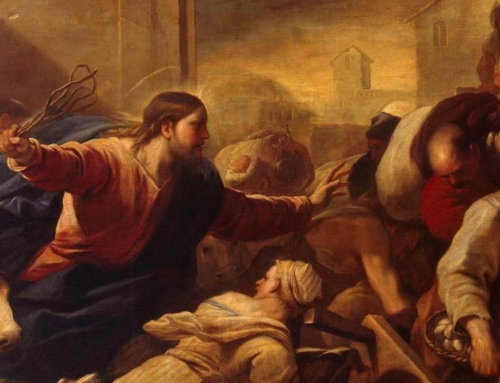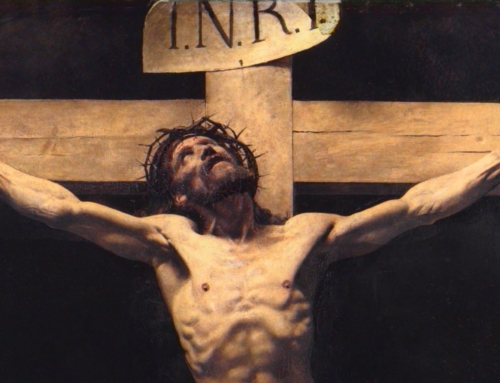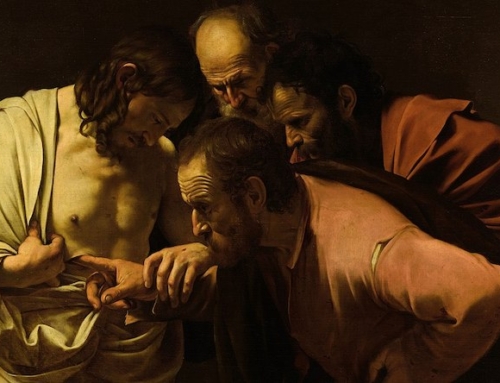Holy Week already happened. The events of Holy Week—the Passion, Death and Resurrection of Jesus—transpired thousands of years ago on a distant continent. There is little left of the first Holy Week. The city of Jerusalem has been burnt and rebuilt several times. Churches have been erected over the notable locations, and the eyewitnesses are long dead and buried. While there are holy sites and holy relics that signify what happened, nothing signifies this better than the marks on the body of the Lord. These marks, while not here on earth, are on Christ’s body in heaven.
First and foremost we should turn to the wounds of Christ because of what they are: a mutilation! His persecutors inflicted many wounds on Jesus, but not every wound was the same. The scourging was undoubtedly painful, and most would not even be able to bear the march from Pilate’s palace to Golgotha. Yet the nailing is clearly the most serious punishment because of its permanence. The nails driven into his hands and feet destroyed his muscles, nerves, and bones. The Savior would be incapable of using his hands and feet—all their natural functions were lost. All they could do was hold his moribund body to the cross.
Second, we must turn to the wounds because of what they signify: obedience. As St. Paul proclaimed to the Philippians, “Christ our Lord became obedient unto death, even death on a cross” (Phil 2:8). The wounds are visible signs of the interior obedience of the Son’s human will to the divine will. The cross is what God has willed from all eternity, and Christ loyally took it up as he prayed most humanly to the Father: “Not as I will but as you will” (Matt 26:39). Now, Jesus could have been tied to the cross, as was common in that time due to the expense of nails. But God in his providence ordained that, by the permanent means of nails, Christ’s body would be conformed to the wood of the cross as will was conformed to will.
Finally, we turn to Christ’s wounds because they point beyond the Paschal Mystery to the last day, when will he judge the living and the dead. At the final judgment, the wounds will be a sign to both his friends and his enemies. For his friends the wounds will be a sign of Christ’s mercy—a sign of what he did for them. For his enemies it will be a sign of their just condemnation—a sign of what they did to him.
Every pilgrim on this earth cannot be certain whether Christ’s wounds will be a sign of mercy or justice when he judges us. But despite this uncertainty, we can and ought to hope that through our acts of penance and our recollection of Christ’s Passion, God will bring us to friendship with him. This Friday we will hear: “Behold the wood of the cross on which hung the Savior of the world.” Let us truly reverence the cross and the wounds it inflicted. May we grow to love and see the wounds so much that we ourselves may even bear the marks of Jesus (Gal 6:17). And when we come to see them on the hands and feet of our Savior we may recognize his great love for us.
✠
Photo by Fr. Lawrence Lew, O.P. (used with permission)

